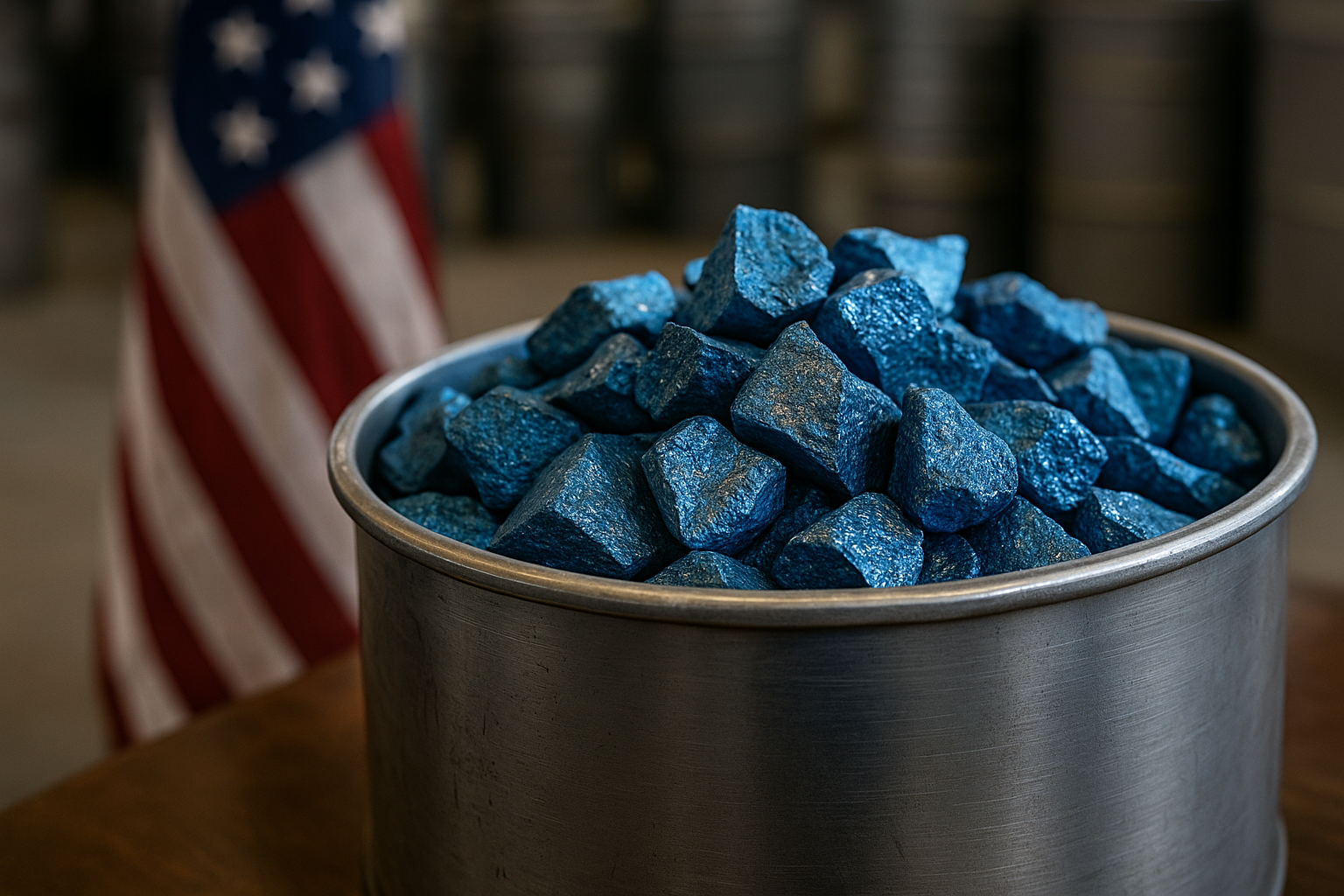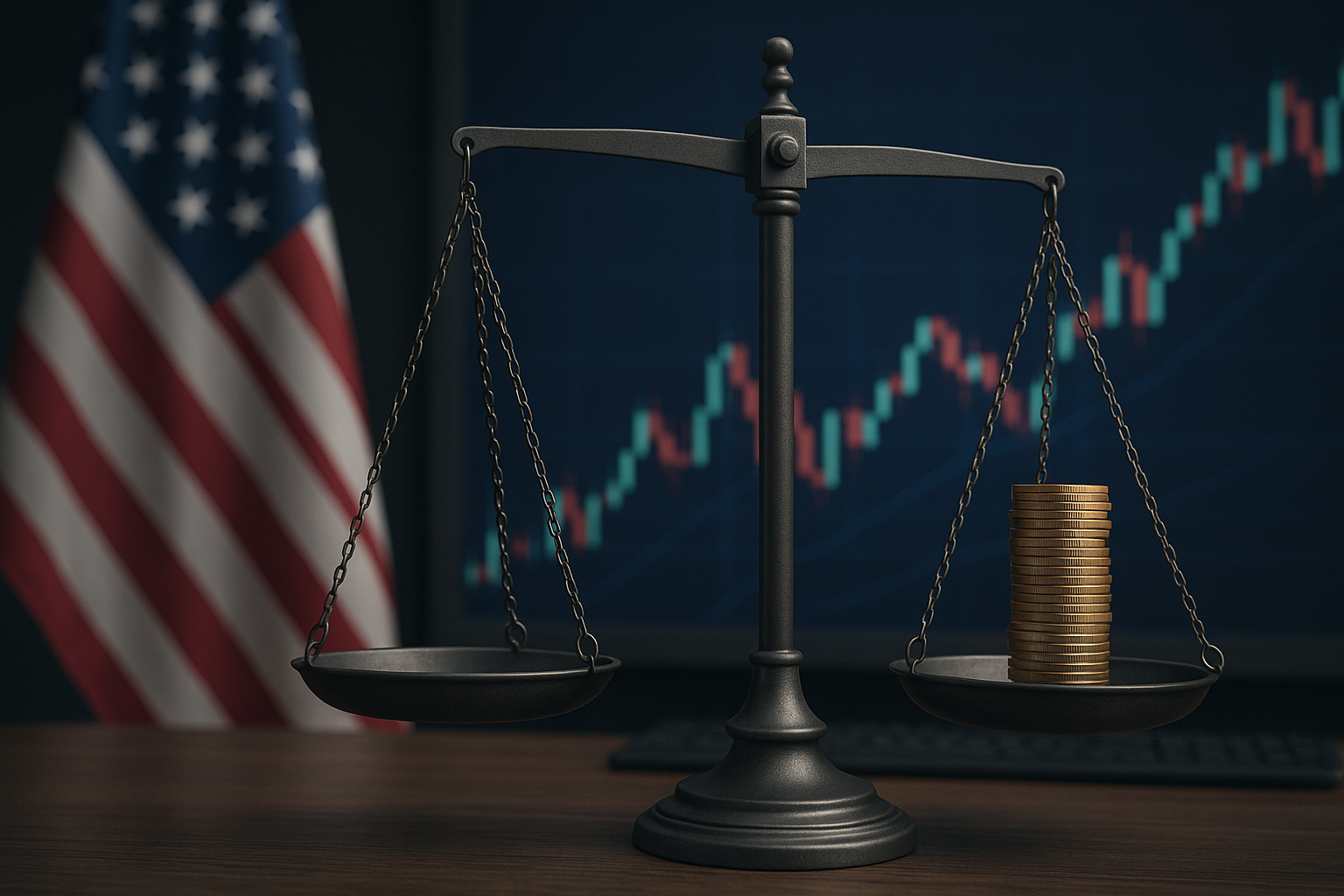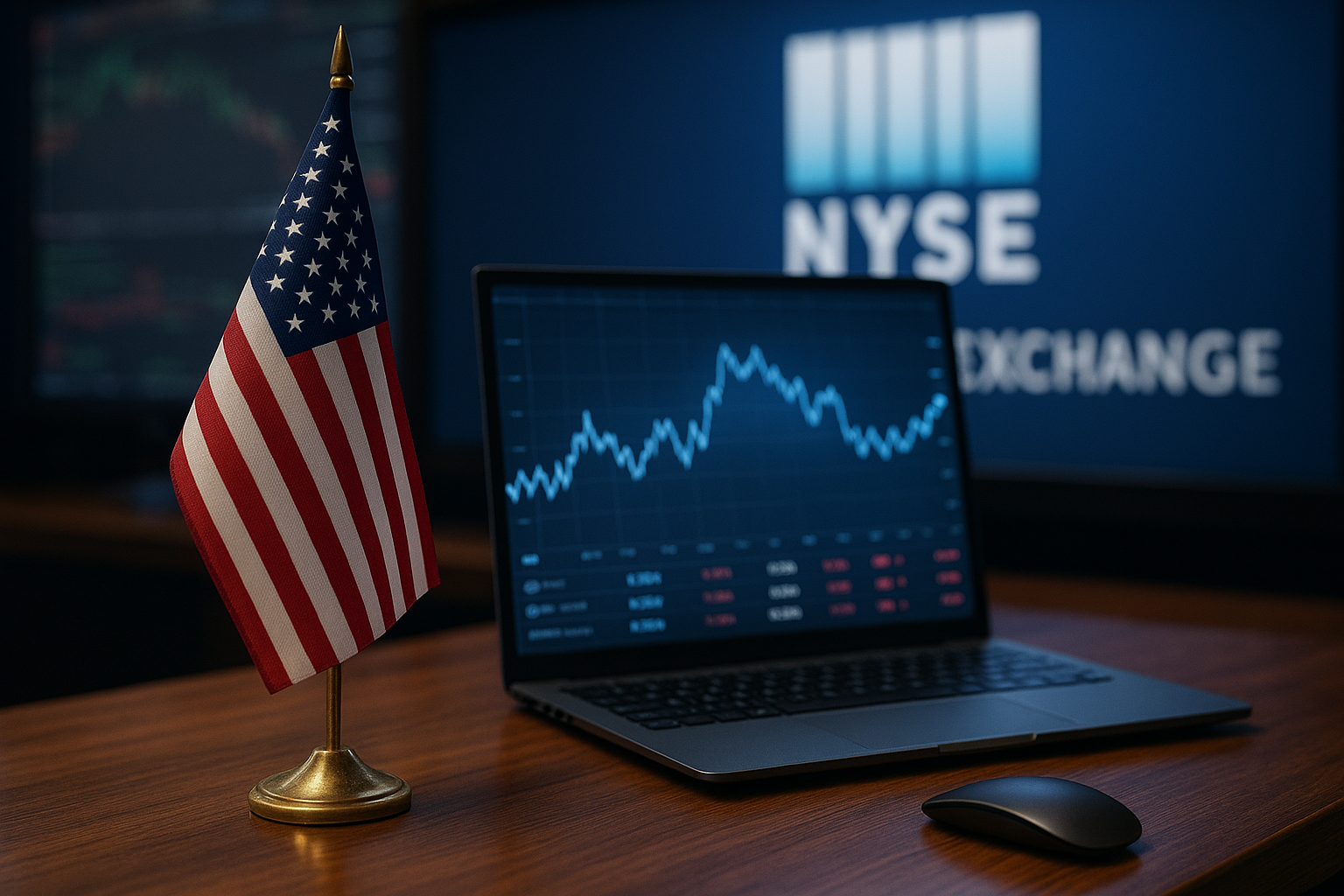Markets remain volatile as global investors continue to grapple with bond market sell-offs, fiscal uncertainty, and geopolitical unrest. Amid this turbulence, precious metals—particularly gold and silver—are emerging as standout performers. Gold hit a record US$3,546.96/oz this week, while silver climbed above US$42/oz, underscoring the metals’ safe-haven appeal during periods of economic stress.
According to The Economic Times and The Australian, capital flows into metals intensified as elevated bond yields pressured equities worldwide. With fiscal credibility and monetary stability in question across several advanced economies, investors are turning to hard assets as portfolio stabilizers.
Why This Matters for Investors
The surge in metals is a direct reflection of eroding confidence in traditional asset classes. Rising yields are squeezing equity valuations, while sovereign debt markets are showing signs of strain. Against this backdrop, metals offer two key benefits: diversification and protection against both inflation and systemic risk.
Data from the World Gold Council shows that central banks purchased more than 1,200 tons of gold in 2024, marking the highest annual net buying since records began. Simultaneously, ETF inflows into precious metals have reached their strongest pace since 2020, a sign that institutional investors are reallocating to tangible stores of value.
Silver, often overlooked, is benefiting not just from safe-haven demand but also from industrial applications. With renewable energy build-outs accelerating, silver’s role in solar panel production is becoming a powerful demand driver.
Market Drivers Behind the Rally
- Bond Market Stress: As yields climb, investors fear mark-to-market losses on government debt, shifting capital toward uncorrelated assets like gold.
- Currency Volatility: A weakening U.S. dollar amplifies returns for non-dollar investors in metals, further driving demand.
- Geopolitical Risks: From Asia-Pacific tensions to Middle East conflicts, geopolitical instability has historically driven flows into gold and silver.
- Industrial Demand: Silver, platinum, and palladium are riding tailwinds from EV manufacturing and renewable energy adoption.
As Bloomberg analysts noted, “Gold is not simply an inflation hedge anymore—it is functioning as a hedge against fiscal dysfunction and geopolitical fragmentation.”
Future Trends to Watch
- Central Bank Policy: If fiscal pressures continue to force unconventional monetary measures, demand for metals will likely intensify.
- ETF Growth: Sustained inflows into gold and silver ETFs could further tighten supply and push prices higher.
- Green Economy Demand: Silver and platinum will remain essential for renewable energy and hydrogen fuel cell expansion.
- Mining Equities: Producers with low extraction costs stand to benefit disproportionately if prices remain elevated.
Key Investment Insight
In an environment where elevated bond yields and macro instability are pressuring traditional equities, metals provide an attractive portfolio hedge. For investors, targeted exposure via metals ETFs, mining equities, or direct commodities allocation can help manage downside risk while retaining upside potential.
Allocations should be sized prudently: while gold offers stability, silver and platinum add higher volatility and growth potential tied to industrial demand. A blended metals strategy can balance these risks and rewards.
As volatility persists, the resilience of metals highlights their importance in modern portfolio construction. For investors seeking to navigate the current turbulence, diversifying into precious metals may prove to be not just defensive—but opportunistic.
Stay with MoneyNews.Today for daily insights on how global unrest, fiscal policies, and commodity markets are shaping investment strategies.





